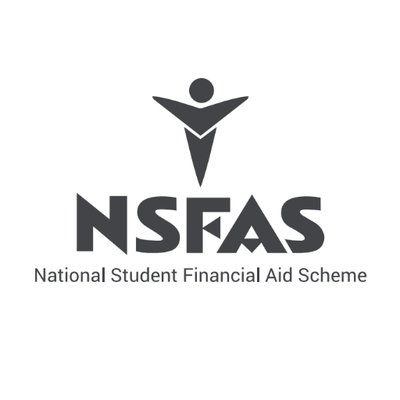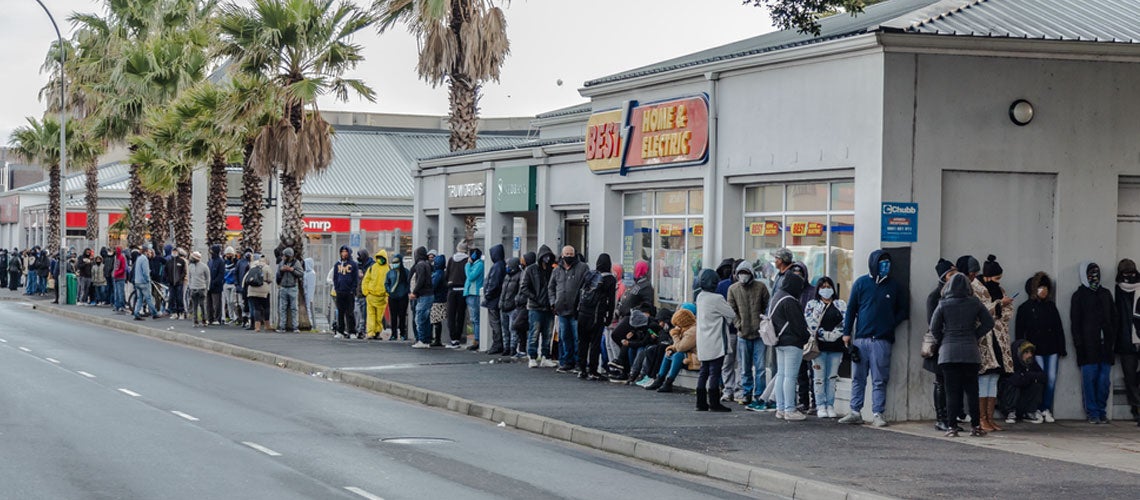The National Student Financial Aid Scheme (NSFAS) was established under the NSFAS Act 56 of 1999 (as amended) to provide financial support to eligible students seeking further or higher education. Among its core responsibilities are the distribution of funds in the form of loans and bursaries, the formulation of criteria and conditions for such financial aid (in consultation with the Minister of Higher Education and Training), and providing guidance to the Minister on matters related to student financial aid.
In 2018, a new policy approach was introduced for students entering the post-school education and training (PSET) system in South Africa. This marked a significant shift in financial aid strategy, as the previous model—which combined loans and bursaries—was replaced by a full bursary system. Additionally, the definition of “poor and working-class” students was expanded. Previously limited to households earning below R122,000 annually, the threshold was increased to include households earning up to R350,000. This change allowed an estimated 24% more households to qualify for aid.
However, while the updated threshold broadened access to financial support, it also created challenges. The hard income cut-off introduced a stark line between eligibility and exclusion. A household earning R349,000 qualifies for full aid, but one earning R351,000 receives nothing, despite their similar financial realities. This abrupt divide has been a focal issue within the #FeesMustFall movement, which highlighted the financial struggles of students whose families fall into what is now known as the “missing middle.”
The “missing middle” refers to households earning between R350,000 and R600,000 per year—those who are not poor enough to receive NSFAS support, yet not wealthy enough to afford higher education without hardship. Although the term is now common in student funding discussions, it originates from broader economic and political discourse. In comparison to other middle-income countries, South Africa’s income inequality is severe: a small group of wealthy citizens exists alongside a large segment of working poor, leaving a significant gap in the middle.
Data from Xpert Decision Systems (XDS), based on SACRRA analytics from January 2019, reveals that 62.6% of households earn less than R122,000 annually, 89.7% earn under R350,000, and 95.8% fall below the R600,000 mark. Under the former financial aid rules, which capped eligibility at R122,000, roughly 33.2% of households (those between R122,000 and R600,000) were considered the missing middle. With the updated R350,000 threshold, this proportion shrank to 6.1%.
Assuming student participation is evenly distributed across income levels, the missing middle now accounts for around 85,000 of the approximately 1.4 million students enrolled in universities and TVET colleges in 2019. Meanwhile, students from households earning over R600,000 make up about 60,000 of total enrollments.
It’s worth noting that South Africa’s income distribution is highly skewed, meaning most of the population earns on the lower end of the spectrum. This skewness is supported by statistical analysis, showing a Pearson coefficient of +3.42—far beyond the threshold for a “highly skewed” distribution. As such, using standard normal distribution models to estimate the size of the missing middle can lead to inaccuracies. Additional insights from NSFAS’s Research and Policy Unit have also contributed to understanding this demographic.
Despite the broader inclusion made possible by the 2018 policy change, the financial gap facing the missing middle remains a pressing issue. It has gained prominence in university politics and national policy debates. However, there remains a lack of comprehensive studies on the financial implications of different funding strategies for higher education in South Africa. This paper aims to address that gap by offering evidence-based estimates of the missing middle’s size and evaluating the potential cost of incorporating this group into the NSFAS bursary system.

